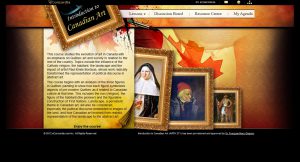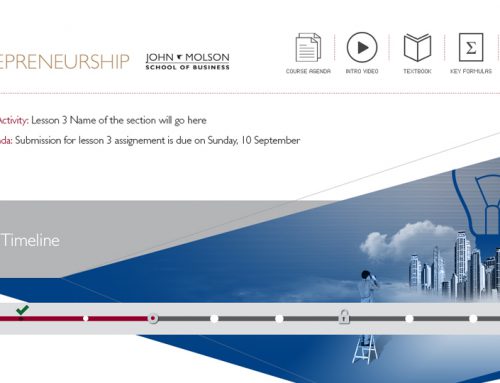Project Description
This course introduces Canadian art, with a particular emphasis on Québec art and society in relation to the rest of the country. The lectures will examine painting in Québec and Canada before and after the emergence of Paul-Émile Borduas. A pivotal Canadian artist, Borduas believed in an open society and painted accordingly. Through his abstract compositions Borduas precipitated the change in Québec culture from a closed society, represented by the Catholic religion and the French language, to an inclusive society premised on the defence of universal values. The course begins with an analysis of the figure in Québec painting to show how each figure symbolizes aspects of pre-modern Québec as it related to Canadian culture at that time. This includes the nun; religion; the figure of the habitant (the pioneer); the relation of the individual to the land; and the figurative construction of First Nations. Landscape, a persistent theme in Canadian art, will also be considered, especially the political discourse imbedded in images of the land, and how Canadian art evolved from realistic representation of the landscape to the abstract work of Borduas.






